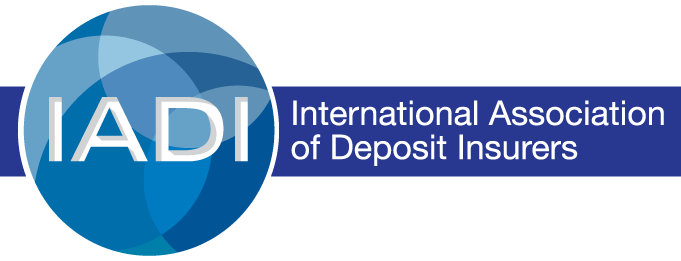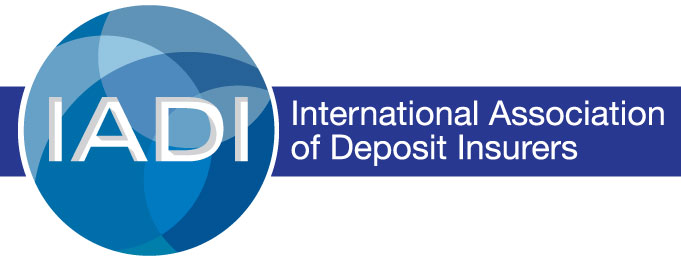Speech by Alejandro López, President and Chair of the Executive Council, International Association of Deposit Insurers, at the EdB (Germany) 25th Anniversary Celebration.
Ladies and Gentlemen,
Dear Members of the Management Board of the EdB,
Dear Hilmar,
On behalf of the International Association of Deposit Insurers, I would like to extend my congratulations to the Entschädigungseinrichtung deutscher Banken / EdB at the occasion of its 25th Anniversary Celebration.
It’s a pleasure to be here in Berlin with you today on such nice occasion. Thank you very much for inviting me to celebrate this anniversary with you today.
In February 2010, the IADI Executive Council approved the membership of the German Deposit Insurer in IADI. It joined IADI at that time with 6 other deposit insurers (including for example FITD Italy and esisuisse Switzerland) to bring IADI to a total of 60 members. We are now an association of 95 members from all over the world (and we only turned 20 years old last year, so we are a little bit younger that you are). So, it’s probably fair to say that your membership in IADI has done well to us.
But on a more serious note, this growth of IADI reflects the increasing relevance and development, on a global scale, of deposit insurance systems within the wider financial safetynet. IADI offers a global platform to its member deposit insurers to exchange experiences and insights; it offers technical support to systems that are developing their capacities; and it conducts analysis, based on the world’s largest database on deposit insurance, of key developments and emerging issues in our field. Most importantly, IADI is the global standard setter for deposit insurance, most notably with our Core Principles for Effective Deposit Insurance. We are a member-driven organisation, and you have been a very active member in our Organisation. In other words, our success is your success; and I thank you today, on the occasion of this anniversary, for your contribution to our work.
Just recently, at our Annual General Meeting in Boston, in September, Hilmar Zettler, as representative of EDB, was elected to be a Member of the IADI Executive Council. I am very grateful, Hilmar, for this engagement. As a global association, we profit from the rich experiences and views of our members across the world and I look forward to your active participation in our Association. Indeed, the EDB, since its establishment as deposit insurer, has been a very reliable part of the financial safety-net both in Germany and in the European Union; and the presence of so many representatives of these safety-net participants here today offers ample proof for that.
Ladies and Gentlemen,
As you know, 2023 has been a very interesting year for deposit insurance. The banking stress earlier this year in the United States, the United Kingdom, and Switzerland has led policymakers to start reviewing regulatory, supervisory, and resolution policies at both national and international levels. It put deposit insurance at the top of the international policy agenda.
In reaction this these events, IADI has published an extensive report today. The report identifies a number of issues and challenges that merit further analysis as part of future work by IADI. Also, the report will inform the review of our global standard, the IADI Core Principles, that will take place in 2024. It reviews the potential implications and identifies the emerging policy issues for deposit insurance systems resulting from the banking turmoil. I would like to invite you all to read this paper, that also includes a stock-taking of actions undertaken by deposit insurers around the world, in response to the banking turmoil in spring 2023.
Our report highlights four issues of global interest to the deposit insurance community that IADI will focus on in the near future and that will inform the upcoming update of our Core Principles. I have noticed that some of these issues are also reflected in the agenda of today’s celebration event, so I assume that confirms the relevance of these issues and also allows me to be brief in explaining these issues.
The first of four issues we identified is the design of deposit insurance. This relates to the financial stability risks that may be caused by high shares of uninsured deposits – as we have seen for example in the case of Silicon Valley Bank. Looking into that feeds into a discussion on whether existing coverage levels for deposit insurance remain adequate, and into followup questions regarding appropriate funding and backstop arrangements for deposit insurers. Also, there may be merit in discussing the best use of technological innovation to allow for continued access to deposits or faster reimbursements.
The second issue relates to the interplay between deposit insurance and bank resolution mechanisms; and let me stress that I am using the word “resolution” here in a non-European way; so it also includes bank failure management measures such as early intervention, liquidation and pay-outs. The interplay between deposit insurance and resolution should be smooth in order to minimise the costs of failure management, protect depositors, and maintain financial stability. In the international community, there is increased interest in the use of resolution tools that support the continuity of critical banking operations and the continuity of depositors’ access to their funds, as well as the availability of loss-absorbing capacity in the form of long-term subordinated debt issued by banks. All this may affect the cost of bank failure management for the deposit insurance fund, whether the deposit insurer acts as a resolution authority or only contributes to the funding of resolution measures.
The third issue relates to coordination in the wider financial safety-net. Deposit insurance does not exist in a vacuum and cannot be seen in isolation of other safety net factors such as prudential regulation, supervision and resolution. What we need is a holistic approach that builds on the close coordination between all relevant financial safety-net authorities in determining and implementing the preferred resolution strategy.
And the final point relates to digitalisation – and I am happy to see that there will be a panel discussion devoted to that later today. Now, digitalisation has significantly improved the ease of using banking services and has increased competition in the sector. Bank customers have benefitted greatly of this. Fast payment systems for example contribute to a better quality of service in stable times, but at the same time, recent bank failures have made us think about the risk they may pose to financial stability. Technologically, they enable bank runs at a very rapid pace and at marginal costs for depositors. This impact of digitalisation on the behaviour of depositors and on financial stability, also for example through communication via social media, may not yet be fully understood and therefore merits close monitoring.
These four challenges, I believe, are of interest to all deposit insurers globally, including of course the European ones – although I do understand you have some discussions ongoing in parallel, on the CMDI, as well. I am confident – Hilmar – that we will be having fruitful discussions on these topics in IADI, with the German deposit insurer of the private banks, and of course with many other European deposit insurers present here today.
Let me close here; I look forward to the upcoming speakers and discussion; and once again, I extend my congratulations to your 25th anniversary.

